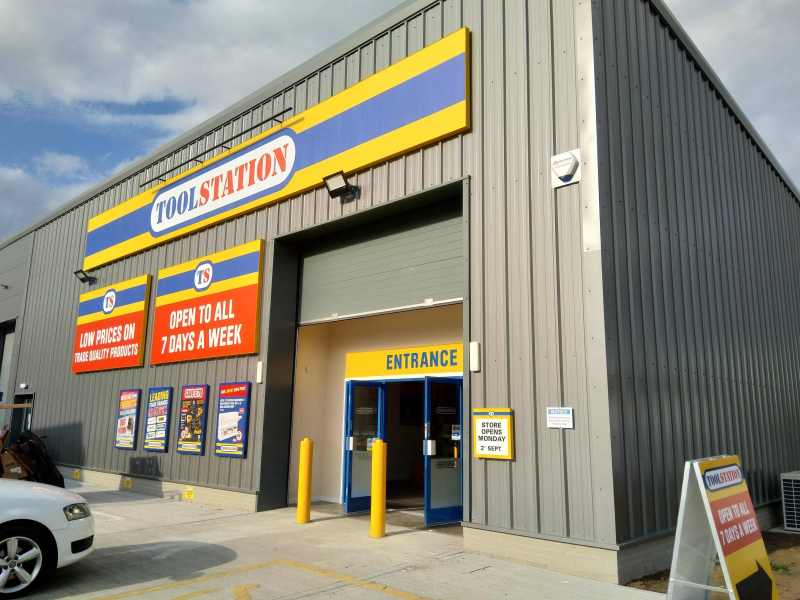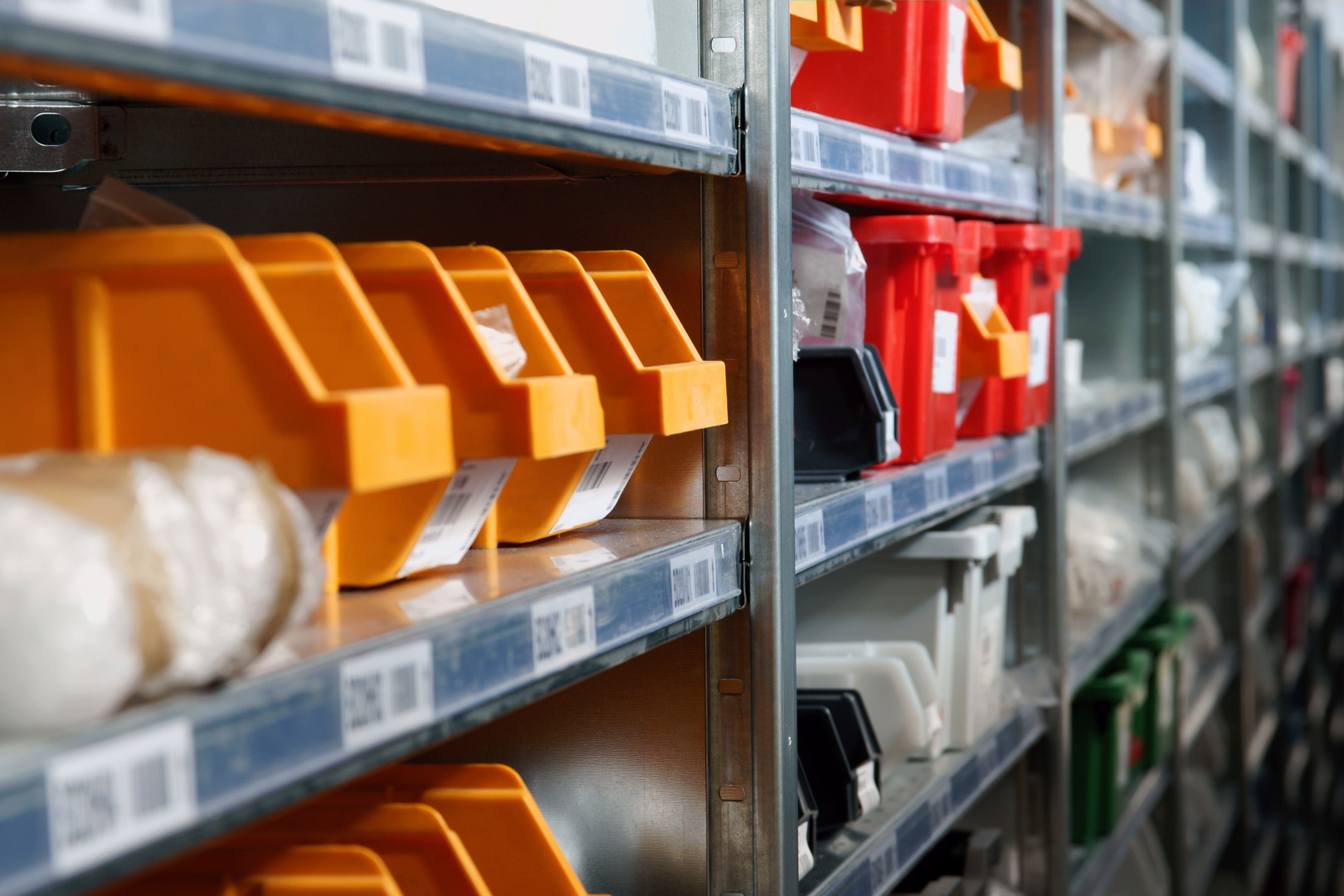Tariffs, costs, and politics are breaking the global model and elevating regional ecosystems, requiring better supply chain planning, writes Rohit Tripathi (pictured, below), Vice President, Industry Strategy, Manufacturing, RELEX Solutions.
For decades, companies fine-tuned supply chains for maximum efficiency. The playbook was simple: manufacture where costs were lowest, ship across oceans, and trust in predictable tariffs and steady transportation costs.
That model is no longer viable. Tariffs, inflation, and geopolitical disruptions have fractured the logic of the global supply chain. Instead of a single globally optimised supply chain spanning continents, businesses are now building regional hubs.

This shift is not just about where goods are made. It is reshaping what products end up on the shelves, how much they cost, and whether consumers can find them at all. Fragmentation is here, and it is redefining competitive advantage for retailers and manufacturers alike.
Tariffs as a Strategic Variable
Tariffs were once background noise, factored into procurement but rarely treated as a key supply chain planning input. Today, they can alter category economics overnight. A sudden duty increase isn’t just about adding a few points to costs; it can turn profitable assortments into liabilities or shut off entire market segments. That is why companies are elevating tariffs from a financial line item to a strategic planning variable.
One of the most common tactics is tariff engineering: adjusting product form, origin, or classification to minimise duties. Some companies shift final assembly into tariff-friendly regions so that a product largely produced in one country undergoes finishing steps elsewhere to qualify for lower tariffs. Others pursue acquisitions or partnerships in low-tariff markets to create alternate supply paths. Still others reformulate products, substituting ingredients or components to move into more favourable tariff categories.
The examples can be simple, but their impact is powerful. A T-shirt with a pocket, for instance, might be classified as a nurse’s shirt. A trainer with the back opened might no longer count as a trainer but as a slipper. At scale, even small adjustments like this can preserve millions in margin.
Practical Responses to Tariff Shocks
Tariffs are not the only lever companies are pulling. Retailers, for example, have leaned heavily on private labels. Their own brands act as a buffer against volatility: when tariffs or input costs rise, they can reformulate or shift suppliers behind the scenes while keeping shelf prices steady. Consumers see continuity, while retailers maintain margin control. That is one reason major chains have doubled down on private labels across categories from apparel to electronics.

In the UK, grocers have reformulated ready-meal ranges to rely more heavily on domestic ingredients, reducing exposure to tariff changes tied to imports from the EU. Similarly, electrical retailers often source private-label appliances through European hubs like Poland to reduce exposure to global duties.
Another approach has been stockpiling and careful scenario planning. Companies increasingly front-load imports of non-perishables, building inventory before new duties take effect. That creates carrying costs, but it is often less painful than absorbing higher tariffs later. These decisions require foresight: what if consumer demand dips? How much capacity is available in warehouses and ports? When tariffs rise suddenly, the difference between full shelves and empty ones often comes down to this kind of preparation. However, this approach has limited applicability to items that are perishable or have limited shelf life.
UK DIY chains, for instance, imported garden furniture and barbecues months ahead of peak season in 2021 to avoid price spikes tied to trade disputes. But this approach has limited applicability to items that are perishable or have a short shelf life, such as fresh fruit and dairy.
Regional Hubs Take Center Stage
Perhaps the biggest change of all is the structural shift from global chains to regional networks. In North America, Mexico and Canada are becoming vital extensions of U.S. supply. In Europe, Eastern Europe and Poland are taking on larger roles in manufacturing and distribution. In Asia, Vietnam and Southeast Asia are emerging as alternatives to China in apparel, electronics, and consumer goods.
Each of these hubs brings both opportunities and constraints: Mexico must keep pace with infrastructure demands, Vietnam continues to manage skills gaps despite rapid growth, and Poland balances competitive costs with the pressures of EU regulation. This does not mean global trade disappears. But it does mean the old idea of one seamless global supply chain is gone. Instead, we are entering a world of interacting regional ecosystems, networks that can flex and rebalance as tariffs, trade blocs, and costs shift.
From Risk to Advantage: Who Thrives in a Fragmented Supply Chain
The real difference between companies that thrive and those that struggle is not about squeezing out the lowest unit cost, it is about how quickly they can adjust when the world shifts around them. The most resilient organisations build agility into their planning. They run tariff scenarios in advance, spread sourcing across different regions, and fine-tune pricing and promotions so they can move quickly without losing their footing.

UK supermarkets illustrate this well: those sourcing fresh produce from both Spain and British growers have been able to balance out delays from Brexit-related border checks or adverse weather, ensuring availability where less diversified competitors faced gaps.
Others stick to efficiency-only models. They rely too heavily on a single source, assume tariffs will stay the same, and end up reacting only once the disruption has already done damage. In today’s environment, speed and adaptability count for more than squeezing the last penny out of cost. The companies that plan globally while acting regionally will be the ones remembered for showing up when it mattered most.
AI can transform tariffs from a disruptive shock into a manageable variable. By running real-time simulations, AI tools can model tariff scenarios across global supply chains, helping companies quickly see cost impacts, identify alternative sourcing hubs, and even suggest product tweaks that minimise duties. Combined with demand forecasting and inventory optimisation, AI enables retailers and manufacturers to adapt faster, building inventory positions at the right position in the supply chain, rebalancing suppliers, and adjusting promotions – so that consumers face fewer price spikes or shortages when trade policies shift.
This supply chain shift may look like chaos, but it’s also an opportunity. Regional hubs bring companies closer to customers, shorten lead times, and reduce exposure to geopolitical risk. Capturing that advantage requires more than tactical moves. It requires cross-functional alignment, with all parts of the business working from the same playbook. It also requires leaders to test scenarios in plain terms: what if tariffs rise tomorrow, what if sourcing shifts to another region, or what if a critical input doubles in cost? Tariffs and rising costs are not going away. In this new geography of supply chains, the winners will be those who turn disruption into lasting advantage.













